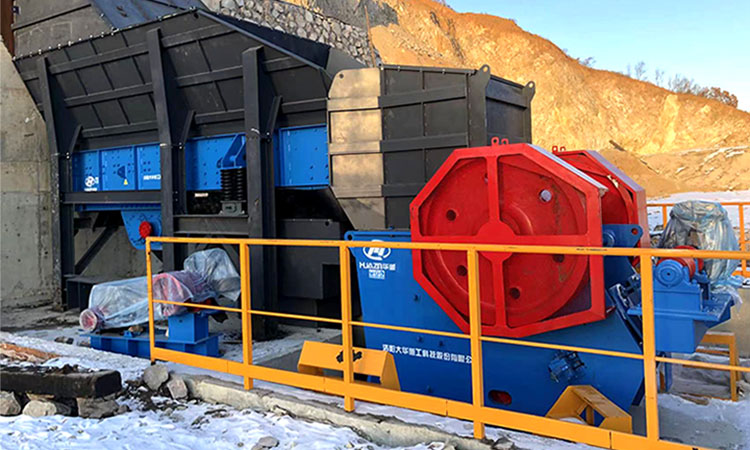To crush granite, a combination of jaw crusher and cone crusher is commonly used in the crushing process. Here’s why this combination is effective:
Jaw Crusher (Primary Crushing)
The granite is hard and abrasive, jaw crushers has high compressive strength that can break large granite blocks (typically up to 1,500 mm in size) into smaller pieces (around 150–300 mm).
Jaw crusher advantages:
High crushing ratio.
Simple structure, easy maintenance.
Handles large feed size.

Cone Crusher (Secondary Crushing)
Cone crusher is the secondary crushing equipment, for the further crushing of granite from the jaw crusher into smaller and uniform-sized particles (typically 20–50 mm).
Cone crusher advantages:
Better particle shape (cubical).
Adjustable discharge size.
Higher efficiency for medium-hard to hard materials.

Optional Stages (Depending on Requirements)
Tertiary Crushing (Impact Crusher or Fine Cone Crusher): If a very fine output (e.g., 0–10 mm) is needed for sand making, an additional stage may be added.
Vibrating Screen: Separates crushed granite into different sizes for various applications (e.g., construction, road base, etc.).
Alternative Options
Single-stage hammer crusher (for small-scale or less demanding applications).
Impact crusher (if granite is not too hard and cubical shape is a priority).

Luoyang Dahua Heavy Industry is a high-tech enterprise with research & development production, sales, and service. The mobile crushing station has been successfully applied in domestic and foreign mine crushing projects. The company has a professional R & D team, a strong after-sales team, from the equipment selection, site inspection, equipment manufacturing, installation, commissioning, delivery and other aspects for your service.

